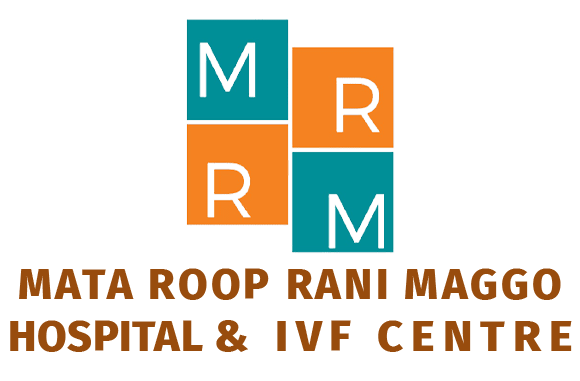Assisted reproductive techniques (ART) refer to a range of medical procedures that help individuals or couples achieve parenthood when natural conception is not possible. These techniques have revolutionized the field of reproductive medicine and offer hope to many who dream of starting a family. In this blog post, we will explore some of the most common assisted reproductive techniques and how they work.
In vitro fertilization (IVF)
IVF is perhaps the most well-known and widely used assisted reproductive technique. It involves the fertilization of an egg with sperm outside of the body, in a laboratory dish. The resulting embryo is then transferred to the woman’s uterus, where it can implant and develop.
IVF is typically recommended for couples who have been trying to conceive for a long time without success, or for those with certain fertility issues such as blocked fallopian tubes or low sperm count. It offers a higher success rate compared to natural conception, especially for couples with underlying fertility problems.
Intrauterine insemination (IUI)
IUI is a less invasive assisted reproductive technique that involves placing washed and concentrated sperm directly into the woman’s uterus. This procedure is often used in cases of mild male factor infertility, cervical issues, or unexplained infertility.
IUI is a relatively simple procedure that can be performed in a doctor’s office. It is timed with the woman’s natural menstrual cycle or with the use of fertility medications to improve the chances of conception.
Donor egg or sperm
For individuals or couples who are unable to use their own eggs or sperm, donor options can provide a path to parenthood. Donor eggs or sperm can be used in conjunction with IVF or IUI to achieve pregnancy.
Donor eggs are typically used by women who cannot produce viable eggs or have a genetic condition they do not want to pass on to their child. Donor sperm, on the other hand, can be used by single women, same-sex couples, or couples with male factor infertility.
Surrogacy
Surrogacy is an assisted reproductive technique where another woman carries and gives birth to a baby for the intended parents. This can be an option for individuals or couples who are unable to carry a pregnancy themselves due to medical reasons or same-sex couples.
There are two types of surrogacy: traditional surrogacy and gestational surrogacy. In traditional surrogacy, the surrogate’s own egg is fertilized with the intended father’s sperm through artificial insemination. In gestational surrogacy, the embryo is created using IVF with the intended parents’ egg and sperm, or with the help of donor eggs or sperm.
Assisted reproductive techniques have opened up new possibilities for individuals and couples who want to become parents. Whether it’s through IVF, IUI, donor options, or surrogacy, these techniques offer hope and a chance at fulfilling the dream of parenthood. It’s important to consult with a fertility specialist to determine the most appropriate technique based on individual circumstances and needs.

